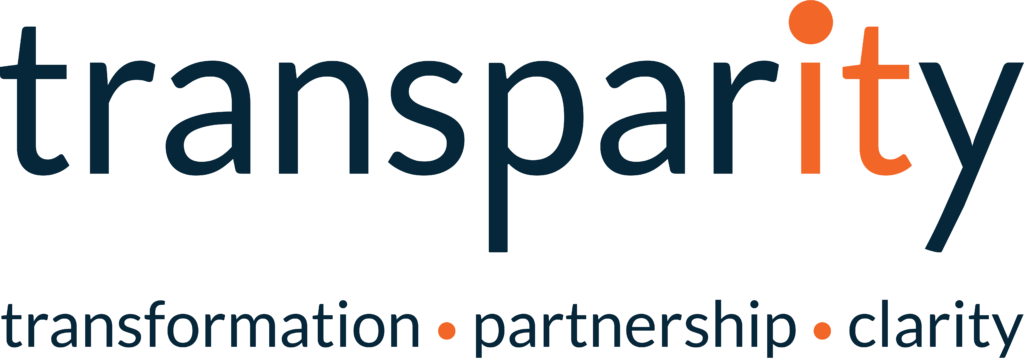In the first quarter of 2020, every company was faced with the prospect of urgently switching their office-based staff to remote working. Millions of laptops were ordered and apps like Microsoft Teams became lifelines that helped businesses survive.
Fast forward to today; COVID may have taken a back seat in media coverage, but the change in the way we work isn’t going anywhere, so it’s probably as good a time as any to reflect on its impact.
It all comes back to the end user experience
As an adoption and change management professional, I always strive to look at everything through the lens of end user experience. The forced change to remote working is unique, in my experience, because it happened to all of us at the same time, and it’s raised some interesting issues.
For example, the one piece of feedback I get most frequently from users is that they were thrown into using Teams with little to no training. Other customers deployed Teams for online meetings and instant messaging but chose to move documents and collaboration into VDI (virtual desktop infrastructure) environments like Citrix, leaving users to figure out for themselves how to integrate the new technologies.
At best we have many missed opportunities for improving productivity, at worst we have users who feel that they have once again been lumbered with a change that they didn’t want, even if they needed it.
Let me just pull back for a second to show respect for the efforts of IT departments all over the world who pulled off the incredible feat of keeping their organisations going under extremely challenging conditions, and to acknowledge that there wasn’t always time for ACM (Adoption and Change Management). However, maybe now it’s time to reflect.
Reactive vs proactive
I believe the question you should ask yourself is “Did we undergo a structured, strategic digital transformation, or did we kick into survival mode and make some deeply impacting tactical changes to keep the business afloat?” Of course, those are the two extremes on a spectrum of experiences, but I suspect most who answer honestly will end up on the tactical end of the scale.
What this likely means is that for the last 2 years, you and your users have been building up ACM debt; yup, just like technical debt but related to user’s skills and understanding of how to use collaboration apps effectively in the hybrid workplace. You should have a plan to address this ACM backlog or start thinking of one now.
If this resonates with you, please get in touch if you want to know more about how adoption change management can improve the success of your projects, or even if the project is already closed, how we can help boost adoption.




